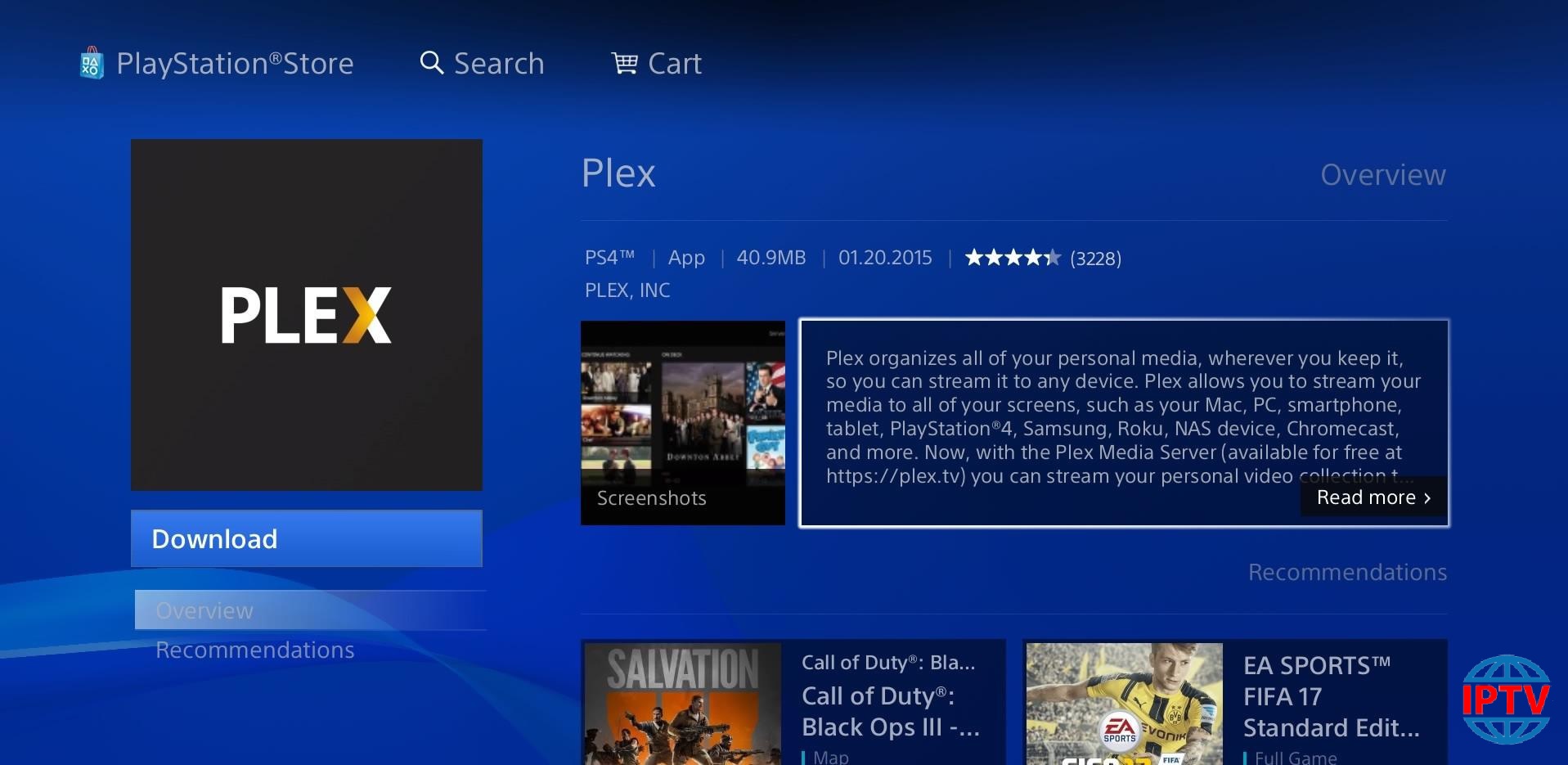


The thing that’s important to understand right now is that, unlike the alternatives, dedicated NAS devices are actually intended for server applications.

That’s not to say that dedicated NAS units are the only solution for network-attached storage and home streaming-there are several alternatives, and we’ll get to them in a minute. (File redundancy is always a tradeoff for usable storage space, and some people may opt for less redundancy to avoid spending a ton of money on hard drives.)Īll of these features make NAS devices an ideal candidate for Plex, especially if you’re inexperienced with drive arrays, servers, and home streaming. Adding new drives to your NAS device is incredibly easy, and depending on how you set up your raid array RAID, you might never need to worry about losing data if a drive needs to be replaced. They also use RAID to “combine” hard drives for increased performance and file redundancy, a form of real-time data backup. And much like the Dropbox and OneDrive cloud services, you can even access your NAS unit when you’re away from home.īecause NAS devices are intended for everyday consumers, they make the server setup process as straightforward as possible and feature multiple easy-to-access drive bays. You can use your NAS unit to wirelessly back up files from your computer, phone, or tablet, or even download the files from your NAS without plugging a hard drive into your device. In other words, they’re like cloud servers for your home.


 0 kommentar(er)
0 kommentar(er)
